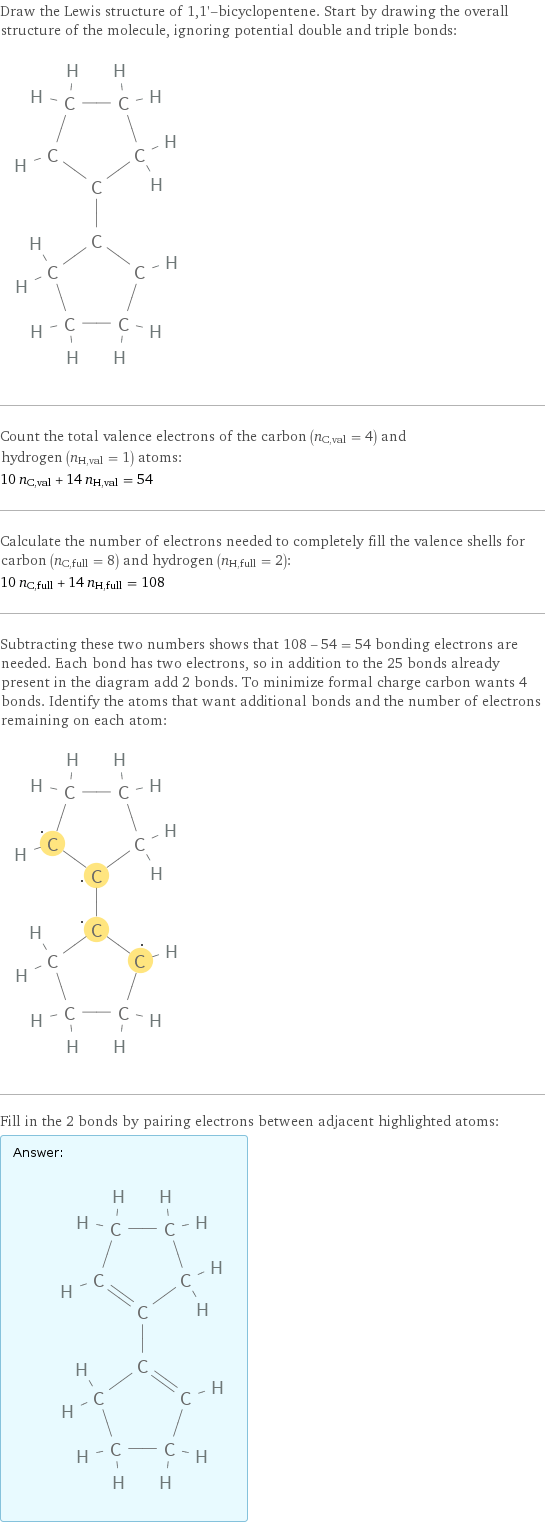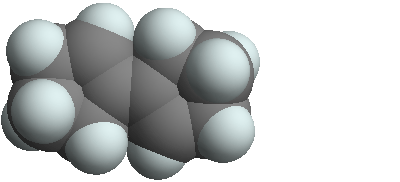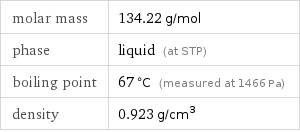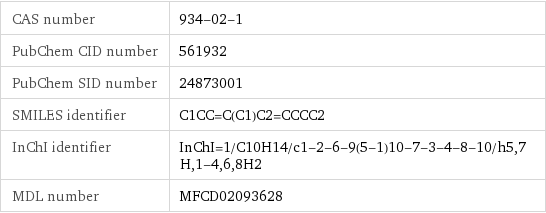Input interpretation

1, 1'-bicyclopentene
Chemical names and formulas

formula | C_10H_14 name | 1, 1'-bicyclopentene IUPAC name | 1-(1-cyclopentenyl)cyclopentene alternate names | 1-(1-cyclopentenyl)cyclopentene mass fractions | C (carbon) 89.5% | H (hydrogen) 10.5%
Lewis structure

Draw the Lewis structure of 1, 1'-bicyclopentene. Start by drawing the overall structure of the molecule, ignoring potential double and triple bonds: Count the total valence electrons of the carbon (n_C, val = 4) and hydrogen (n_H, val = 1) atoms: 10 n_C, val + 14 n_H, val = 54 Calculate the number of electrons needed to completely fill the valence shells for carbon (n_C, full = 8) and hydrogen (n_H, full = 2): 10 n_C, full + 14 n_H, full = 108 Subtracting these two numbers shows that 108 - 54 = 54 bonding electrons are needed. Each bond has two electrons, so in addition to the 25 bonds already present in the diagram add 2 bonds. To minimize formal charge carbon wants 4 bonds. Identify the atoms that want additional bonds and the number of electrons remaining on each atom: Fill in the 2 bonds by pairing electrons between adjacent highlighted atoms: Answer: | |
3D structure

3D structure
Basic properties

molar mass | 134.22 g/mol phase | liquid (at STP) boiling point | 67 °C (measured at 1466 Pa) density | 0.923 g/cm^3
Units

Liquid properties (at STP)

density | 0.923 g/cm^3 refractive index | 1.528
Units

Chemical identifiers

CAS number | 934-02-1 PubChem CID number | 561932 PubChem SID number | 24873001 SMILES identifier | C1CC=C(C1)C2=CCCC2 InChI identifier | InChI=1/C10H14/c1-2-6-9(5-1)10-7-3-4-8-10/h5, 7H, 1-4, 6, 8H2 MDL number | MFCD02093628
Safety properties

flash point | 76.11 °C